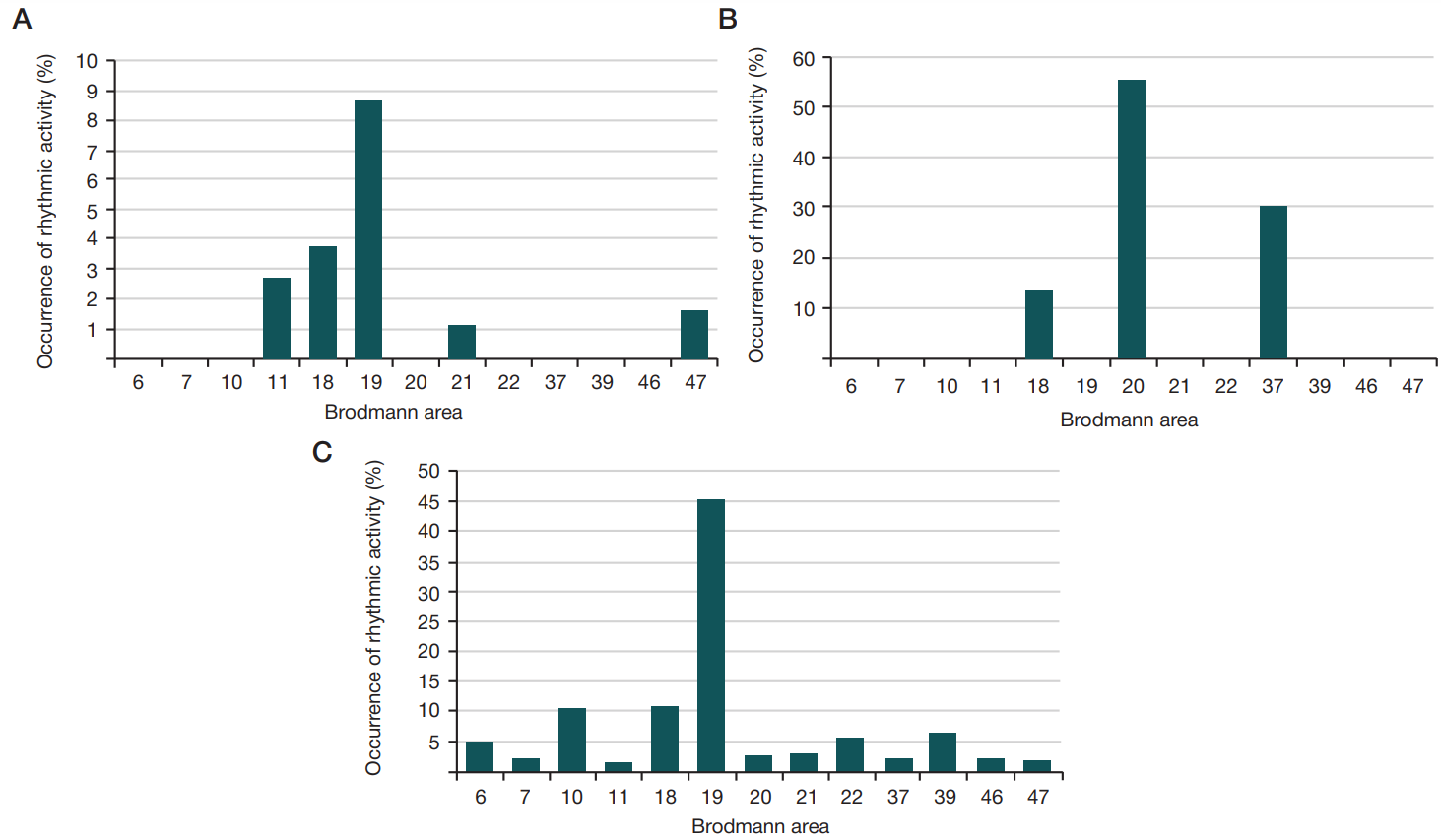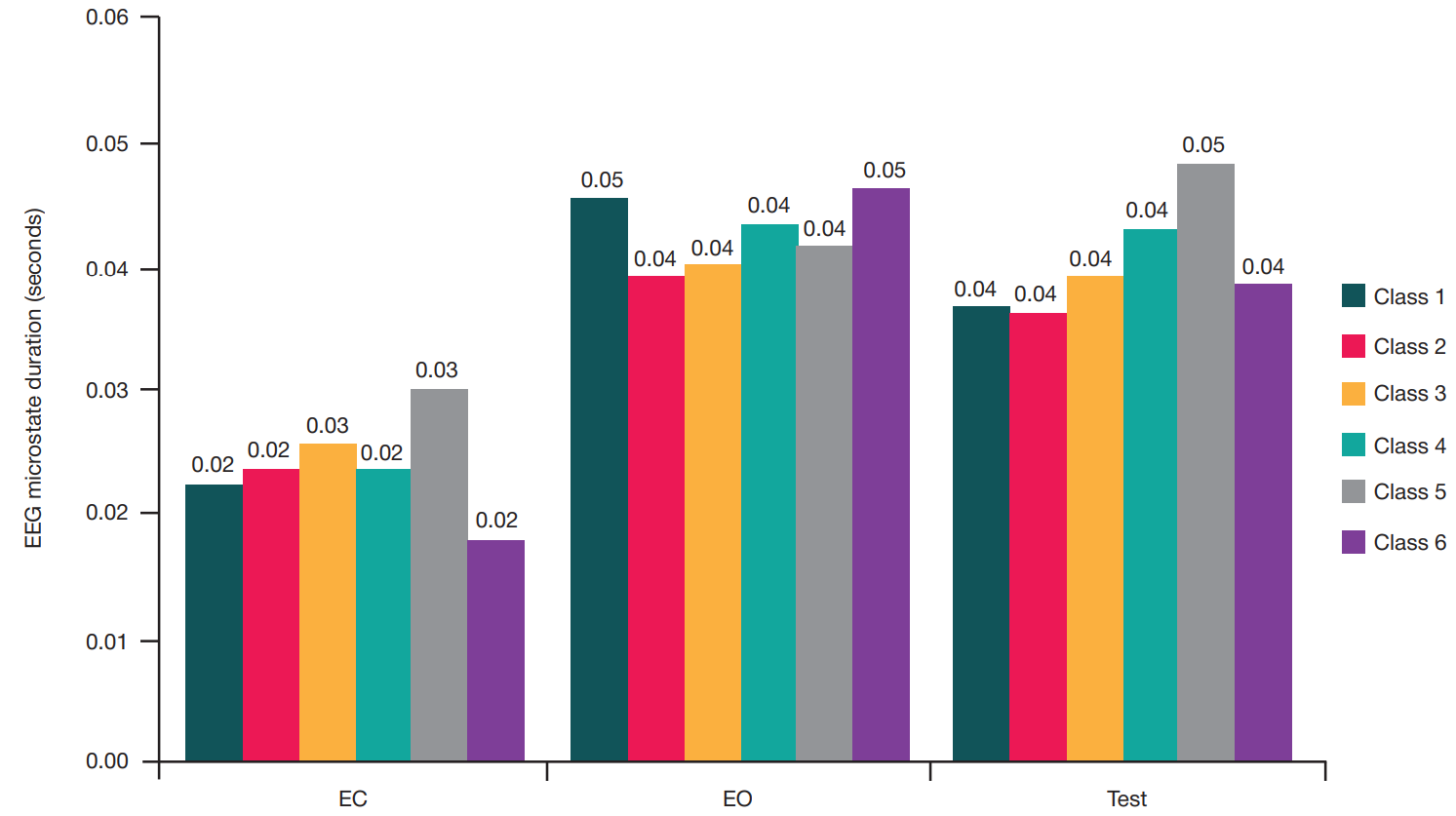
This article is an open access article distributed under the terms and conditions of the Creative Commons Attribution license (CC BY).
ORIGINAL RESEARCH
Studying visual gnosis through EEG microstate analysis
1 Federal Center of Brain Research and Neurotechnologies of the Federal Medical Biological Agency, Moscow, Russia
2 Institute for Physics and Engineering in Biomedicine, National Research Nuclear University MEPhI, Moscow, Russia
Correspondence should be addressed: Sergey A. Gulyaev
Ostrovitianova, 1, str, 10, Moscow, Russia; moc.liamg@37veaylug.s
Compliance with ethical standards: the study was approved by the Ethics Committee of the Federal Center for Brain and Neurotechnologies of FMBA (protocol № 148-1 dated June 15, 2021) and carried out in accordance with the principles of biomedical ethics set out in the Declaration of Helsinki (version issued in 1964 and the next updated versions). The informed consent was submitted by all study participants.



